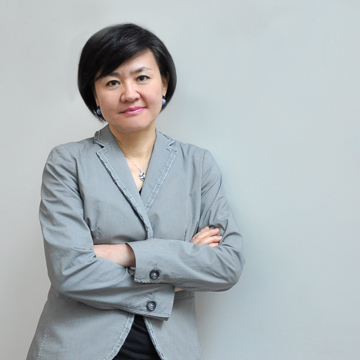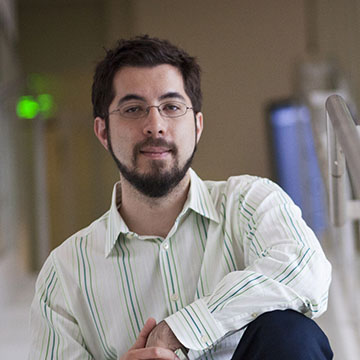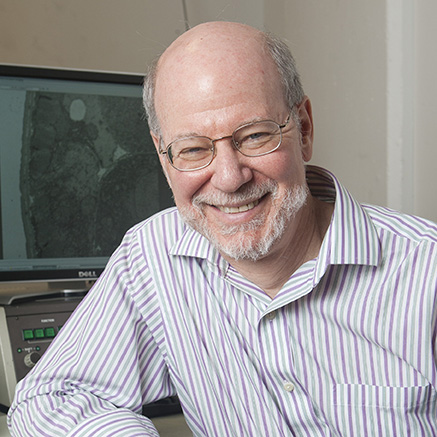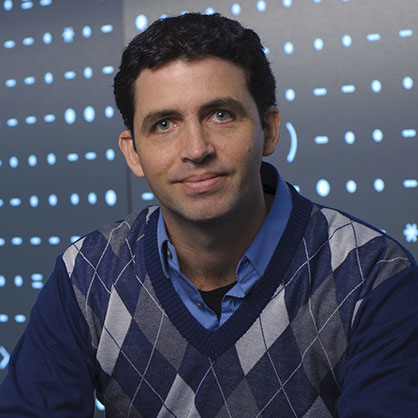Li-Huei Tsai, PhD
Lead Investigator of the Aging Brain Initiative

Professor Tsai combines molecular, genetic and circuit approaches to understanding the pathophysiology of neurological disorders affecting cognition as we age. Her discoveries in Alzheimer’s-like disease research, including therapeutic reversal strategies for cognitive defects have been highlighted in Nature, Cell, and Neuron. The author of over 190 peer-reviewed articles, she is an Associate Member of the Broad Institute, a member of the Institute of Medicine of the National Academy of Sciences and an Academician of the Academia Sinica in Taiwan, and a recipient of the NIH Cantoni Lecture Award and the Glenn Award For Research in Aging.
Edward Boyden, Phd
 Professor Boyden engineers tools for mapping, controlling, observing and building dynamic circuits of the brain. He has developed to activate and silence neurons with light. In 2010 his approach was recognized as the “Method of the Year” by Nature Methods and is now in worldwide use. He received the 2013 Grete Lundbeck European Brain Research Prize, the world’s largest neuroscience prize, and was named among the “Top 35 Innovators Under the Age of 35” by Technology Review and the “Top 20 Brains Under Age 40” by Discover magazine.
Professor Boyden engineers tools for mapping, controlling, observing and building dynamic circuits of the brain. He has developed to activate and silence neurons with light. In 2010 his approach was recognized as the “Method of the Year” by Nature Methods and is now in worldwide use. He received the 2013 Grete Lundbeck European Brain Research Prize, the world’s largest neuroscience prize, and was named among the “Top 35 Innovators Under the Age of 35” by Technology Review and the “Top 20 Brains Under Age 40” by Discover magazine.
Emery N. Brown, MD, PhD

Susumu Tonegawa, PhD, Nobel Laureate
 Susumu Tonegawa received his Ph.D. from UCSD. He then undertook postdoctoral work at the Salk Institute in San Diego, before working at the Basel Institute for Immunology in Basel, Switzerland, where he performed his landmark immunology experiments. Tonegawa won the Nobel Prize for Physiology or Medicine in 1987 for “his discovery of the genetic principle for generation of antibody diversity.” He has since continued to make important contributions but in an entirely different field: neuroscience. Using advanced techniques of gene manipulation, Tonegawa is now unraveling the molecular, cellular and neural circuit mechanisms that underlie learning and memory. His studies have broad implications for psychiatric and neurologic diseases. Tonegawa is currently the Picower Professor of Biology and Neuroscience at the Massachusetts Institute of Technology (MIT) and the Director of the RIKEN-MIT Center for Neural Circuit Genetics at MIT, as well as the Director of RIKEN Brain Science Institute. He is also an investigator at the Howard Hughes Medical Institute.
Susumu Tonegawa received his Ph.D. from UCSD. He then undertook postdoctoral work at the Salk Institute in San Diego, before working at the Basel Institute for Immunology in Basel, Switzerland, where he performed his landmark immunology experiments. Tonegawa won the Nobel Prize for Physiology or Medicine in 1987 for “his discovery of the genetic principle for generation of antibody diversity.” He has since continued to make important contributions but in an entirely different field: neuroscience. Using advanced techniques of gene manipulation, Tonegawa is now unraveling the molecular, cellular and neural circuit mechanisms that underlie learning and memory. His studies have broad implications for psychiatric and neurologic diseases. Tonegawa is currently the Picower Professor of Biology and Neuroscience at the Massachusetts Institute of Technology (MIT) and the Director of the RIKEN-MIT Center for Neural Circuit Genetics at MIT, as well as the Director of RIKEN Brain Science Institute. He is also an investigator at the Howard Hughes Medical Institute.
Leonard Guarente, PhD
 Professor Guarente is an expert in the longevity of species from yeast to mammals and has identified potent anti-aging regimens. He found sirtuin proteins central to diet and stress adaptation and to combating diseases of aging like cancer and neurodegenerative disease. He is the author of Ageless Quest and editor of Molecular Biology Of Aging. He serves on the editorial boards of Cell, Genes and Development, and EMBO Reports and is a member of the French Academie des Sciences and the American Academy of Arts and Sciences. He is Director of the Glenn Labs for the Science of Aging and an affiliate of the Koch Institute for Integrative Cancer Research.
Professor Guarente is an expert in the longevity of species from yeast to mammals and has identified potent anti-aging regimens. He found sirtuin proteins central to diet and stress adaptation and to combating diseases of aging like cancer and neurodegenerative disease. He is the author of Ageless Quest and editor of Molecular Biology Of Aging. He serves on the editorial boards of Cell, Genes and Development, and EMBO Reports and is a member of the French Academie des Sciences and the American Academy of Arts and Sciences. He is Director of the Glenn Labs for the Science of Aging and an affiliate of the Koch Institute for Integrative Cancer Research.
H. Robert Horvitz, PhD, Nobel Laureate
 Professor Horvitz uses the genetics of the nematode worm (C. Elegans) to understand neurodevelopment, behavior and neurodegenerative disease.He received the 2002 Nobel Prize in Physiology or Medicine for his discoveries concerning the genetic regulation of organ development and programmed cell death. He is a member of the National Academy of Sciences, the Institute of Medicine and the American Academy of Sciences, an Investigator at the Howard Hughes Medical Institute and a member of the McGovern Institute for Brain Research.
Professor Horvitz uses the genetics of the nematode worm (C. Elegans) to understand neurodevelopment, behavior and neurodegenerative disease.He received the 2002 Nobel Prize in Physiology or Medicine for his discoveries concerning the genetic regulation of organ development and programmed cell death. He is a member of the National Academy of Sciences, the Institute of Medicine and the American Academy of Sciences, an Investigator at the Howard Hughes Medical Institute and a member of the McGovern Institute for Brain Research.
Manolis Kellis, PhD
 Our group at MIT aims to further our understanding of the human genome by computational integration of large-scale functional and comparative genomics datasets. (1) We use comparative genomics of multiple related species to recognize evolutionary signatures of protein-coding genes, RNA structures, microRNAs, regulatory motifs, and individual regulatory elements. (2) We use combinations of epigenetic modifications to define chromatin states associated with distinct functions, including promoter, enhancer, transcribed, and repressed regions, each with distinct functional properties. (3) We use dynamics of functional elements across many cell types to link regulatory regions to their target genes, predict activators and repressors, and cell type specific regulatory action. (4) We combine these evolutionary, chromatin, and activity signatures to dramatically expand the annotation of the non-coding genome, elucidate the regulatory circuitry of the human and fly genomes, and to revisit previously uncharacterized disease-associated variants, providing mechanistic insights into their likely molecular roles.
Our group at MIT aims to further our understanding of the human genome by computational integration of large-scale functional and comparative genomics datasets. (1) We use comparative genomics of multiple related species to recognize evolutionary signatures of protein-coding genes, RNA structures, microRNAs, regulatory motifs, and individual regulatory elements. (2) We use combinations of epigenetic modifications to define chromatin states associated with distinct functions, including promoter, enhancer, transcribed, and repressed regions, each with distinct functional properties. (3) We use dynamics of functional elements across many cell types to link regulatory regions to their target genes, predict activators and repressors, and cell type specific regulatory action. (4) We combine these evolutionary, chromatin, and activity signatures to dramatically expand the annotation of the non-coding genome, elucidate the regulatory circuitry of the human and fly genomes, and to revisit previously uncharacterized disease-associated variants, providing mechanistic insights into their likely molecular roles.